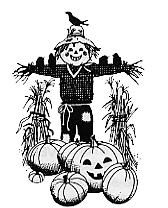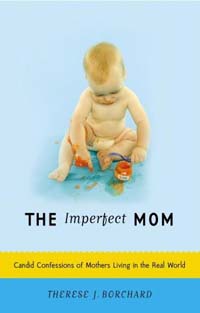 You’ll discover the real meaning of Halloween, Samhain, and the Day of the Dead by clicking here and reading Waverly Fitzgerald’s commentary on each of these celebrations. Still more can be yours when you pay nine dollars for her downloadable Halloween package.
You’ll discover the real meaning of Halloween, Samhain, and the Day of the Dead by clicking here and reading Waverly Fitzgerald’s commentary on each of these celebrations. Still more can be yours when you pay nine dollars for her downloadable Halloween package.
Here are some excerpts from what’s currently on her site, SchooloftheSeasons.com.
There are some obvious reasons why this place on the Wheel of the Year is associated with death. The sun is approaching its nadir, the leaves are falling from trees, the death and decay in the natural world remind us of our own mortality. Martinmas, November 11th, was the traditional time for slaughtering the cattle, sheep and pigs which could not be maintained during the winter. The Welsh called November the month of Slaughter while the Saxons called it the Month of Blood.
In the Odyssey, Odysseus summons the shades of the dead by sacrificing animals. Their blood drains into a pit and the restless shades come eagerly crowing up from the underworld. Odysseus holds them at bay with his sword until the particular spirit he wants comes forward, laps up the blood and then prophesies what will happen in the future. This scene combines the themes of fear, slaughter, death, the Underworld, ghosts and divination which are common to Halloween.
In Mexico, All Souls Day is called Dia de Muertos (Day of the Dead) and is a time of commemorating the dead by decorating their tombs (with marigolds, a flower sacred to the Aztecs) and inviting them to a feast in their honor. Families go to the cemetery for a picnic and eat skeleton cookies and sugar skull cakes.
Trick-or-treating derives from an ancient British custom of going from house to house begging for soul-cakes. Some say the soul-cakes were given to the priest to buy Masses for the souls of relatives in Purgatory. Others believe they were offerings to the dead. Candles flickering in the windows (or pumpkins) were meant to serve as beacons for the dead, just as on the similar holiday in Japan, lanterns are hung by the garden gates.

